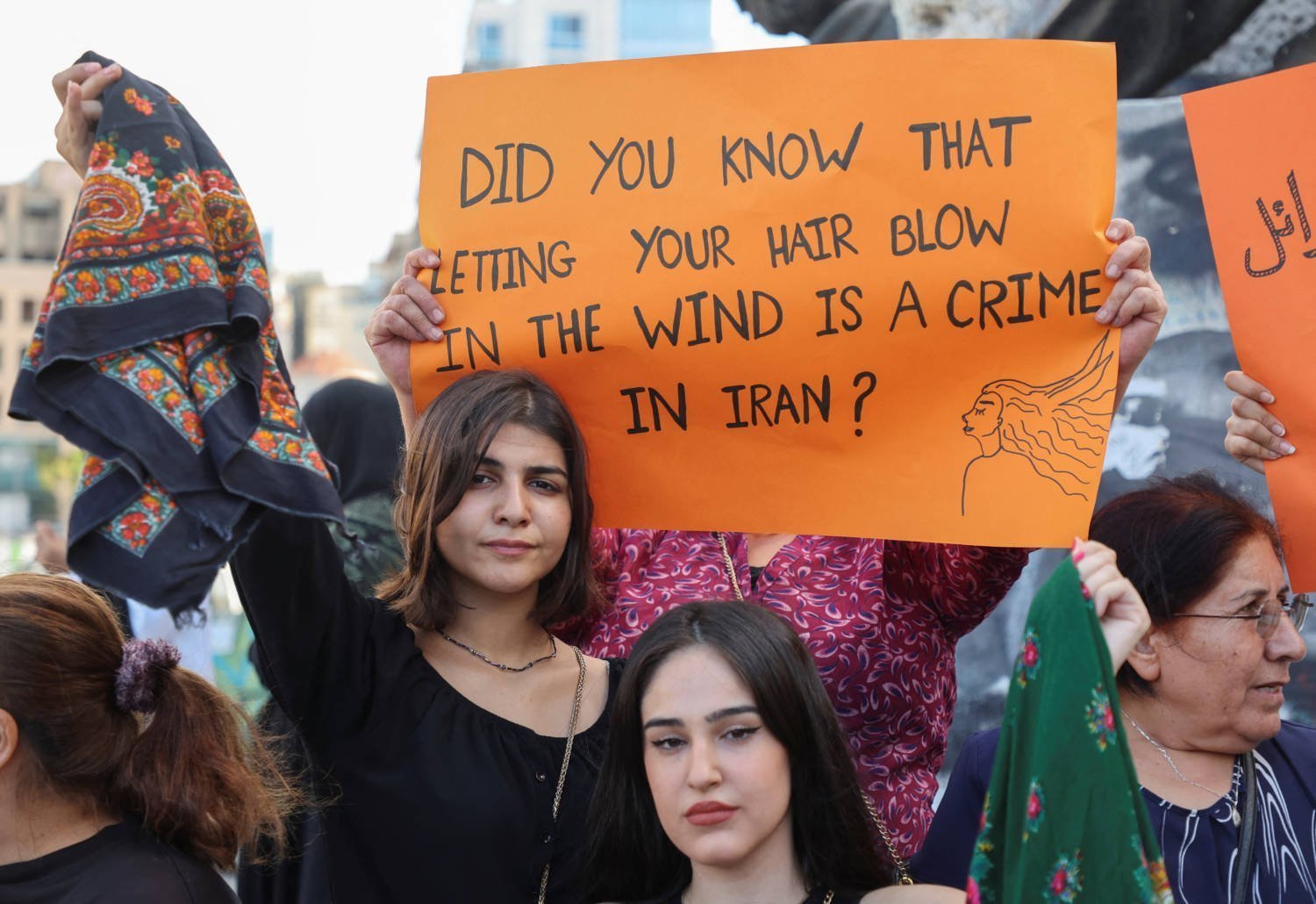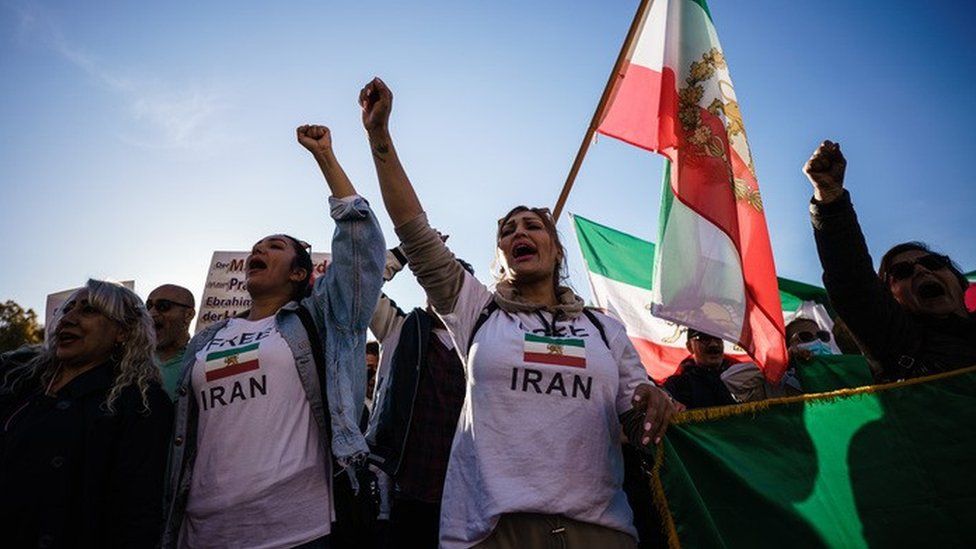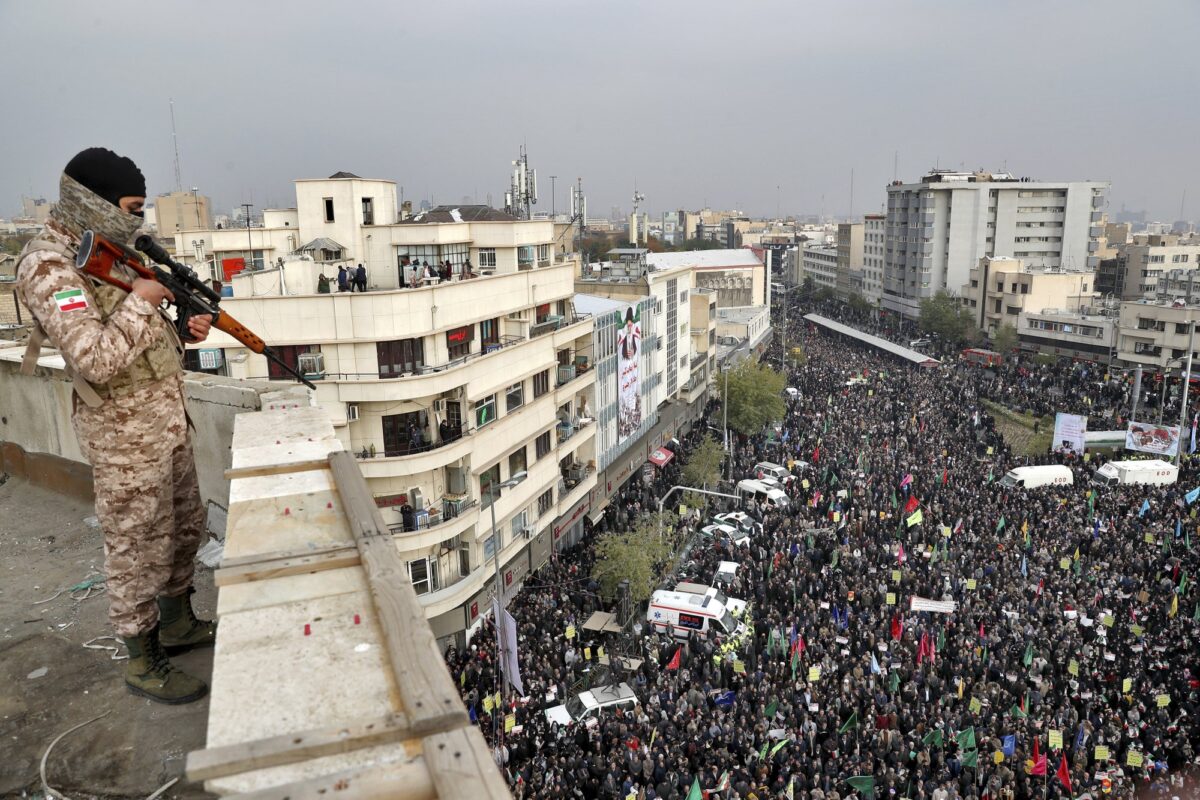Current Events in Iran

Iran continues to be a nation in flux, facing a complex web of domestic and international challenges. Recent events highlight the ongoing tensions between the government and its citizens, the economic hardships faced by the population, and the international pressure surrounding Iran’s nuclear program. This analysis delves into the most recent developments, exploring their implications for Iran’s domestic and foreign policy.
Protests and Crackdowns
The recent protests in Iran, sparked by the death of Mahsa Amini in police custody, have brought to light the deep-seated dissatisfaction among many Iranians. These protests, characterized by their widespread nature and the participation of diverse segments of society, have challenged the authority of the Iranian government. The government’s response, involving crackdowns and restrictions on civil liberties, has further fueled public anger and international condemnation.
The protests, which began in September 2022, have been met with a heavy-handed response from the Iranian government. Security forces have used excessive force, leading to numerous deaths and arrests. The government has also imposed internet restrictions and limitations on freedom of expression, further stifling dissent.
The protests have highlighted the deep-seated dissatisfaction among many Iranians with the government’s policies, particularly concerning economic hardship, social restrictions, and lack of political freedoms. The government’s response has further alienated the population and raised concerns about human rights violations.
Economic Challenges
Iran’s economy continues to face significant challenges, exacerbated by international sanctions, government mismanagement, and the impact of the COVID-19 pandemic. The country’s currency has depreciated sharply, inflation has soared, and unemployment remains high. The economic situation has contributed to the widespread social unrest and has strained the government’s ability to provide essential services to its citizens.
The Iranian government has implemented various economic reforms to address the challenges, including efforts to attract foreign investment and diversify the economy. However, these efforts have been hampered by the ongoing sanctions and the lack of transparency and accountability in the government’s economic policies.
Nuclear Negotiations
Iran’s nuclear program remains a major point of contention in its relations with the international community. The Joint Comprehensive Plan of Action (JCPOA), an agreement reached in 2015 between Iran and world powers, aimed to limit Iran’s nuclear activities in exchange for the lifting of sanctions. However, the US withdrawal from the JCPOA in 2018 and the subsequent reimposition of sanctions have jeopardized the agreement.
Negotiations to revive the JCPOA have been ongoing for several months, with Iran demanding the lifting of all sanctions before it returns to full compliance with the agreement. The talks have faced numerous obstacles, including Iran’s insistence on its right to enrich uranium and the US’s demands for stricter verification measures.
The outcome of the nuclear negotiations will have significant implications for Iran’s economy and its relations with the international community. A successful revival of the JCPOA could lead to the lifting of sanctions, boosting Iran’s economy and easing tensions with the West. However, a failure to reach an agreement could lead to further isolation and economic hardship for Iran.
Iran’s International Relations

Iran’s international relations are complex and multifaceted, shaped by its history, geography, and political ideology. The country’s foreign policy is guided by a desire to maintain its national security, promote its economic interests, and project its influence in the region and beyond.
Relationship with Key Regional and Global Powers
Iran’s relationships with key regional and global powers are characterized by a mix of cooperation and competition.
- United States: The relationship between Iran and the United States has been strained for decades, marked by the 1979 Iranian Revolution, the hostage crisis, and the ongoing nuclear dispute. However, there have been periods of limited cooperation, such as during the fight against ISIS in Iraq and Syria. The Biden administration has expressed a willingness to return to the Joint Comprehensive Plan of Action (JCPOA) if Iran returns to compliance.
- Russia: Iran and Russia have developed close ties in recent years, driven by shared interests in countering US influence in the region and the need for economic cooperation. The two countries have engaged in joint military exercises and have collaborated on arms deals. Russia is a major supporter of Iran’s nuclear program and has provided Iran with advanced weapons systems.
- China: China is Iran’s largest trading partner and has become an increasingly important strategic partner. The two countries have signed a 25-year cooperation agreement that includes investments in infrastructure, energy, and technology. China is also a key player in the ongoing negotiations regarding Iran’s nuclear program.
- Saudi Arabia: Iran and Saudi Arabia are regional rivals, with competing interests in the Middle East. The two countries have been engaged in a proxy war in Yemen and have supported opposing sides in the Syrian Civil War. The relationship between Iran and Saudi Arabia has been further strained by the 2019 attacks on Saudi oil facilities, which Iran was accused of carrying out.
- European Union: The European Union has sought to maintain a dialogue with Iran, despite the ongoing nuclear dispute. The EU has expressed concern over Iran’s human rights record and its role in regional conflicts. However, the EU has also been a key player in the negotiations regarding Iran’s nuclear program.
Iran’s Nuclear Program
Iran’s nuclear program has been a source of international concern for decades. The program began in the 1950s with US support but was later suspended following the 1979 revolution. In the 1980s, Iran resumed its nuclear program, raising concerns that it was seeking to develop nuclear weapons.
- Historical Context: Iran’s nuclear program has been shaped by a number of factors, including its desire to achieve energy independence, its belief that nuclear weapons are a deterrent against external threats, and its long-standing rivalry with Israel.
- Current Status: Iran’s nuclear program is currently subject to strict international monitoring under the Joint Comprehensive Plan of Action (JCPOA), a landmark agreement reached in 2015. The JCPOA placed limits on Iran’s nuclear activities in exchange for the lifting of economic sanctions. However, the United States withdrew from the JCPOA in 2018 and reimposed sanctions, leading to a significant escalation of tensions.
Negotiations Regarding Iran’s Nuclear Program
Negotiations between Iran and world powers regarding Iran’s nuclear program have been ongoing for several years. The goal of the negotiations is to reach a mutually acceptable agreement that would address international concerns about Iran’s nuclear ambitions.
- Ongoing Negotiations: Indirect talks between Iran and the United States, facilitated by the European Union, have been ongoing in Vienna since April 2021. The negotiations aim to revive the JCPOA and restore the nuclear deal.
- Potential Outcomes: The outcome of the negotiations remains uncertain. There are a number of potential outcomes, including:
- A return to the JCPOA: This would involve Iran returning to compliance with the agreement and the United States lifting sanctions.
- A revised JCPOA: This would involve modifying the existing agreement to address concerns raised by the United States and other countries.
- A breakdown in negotiations: This would lead to a continued standoff between Iran and the West, potentially escalating tensions.
Social and Cultural Developments in Iran: News Iran

Iran’s social and cultural landscape is dynamic and complex, shaped by a blend of historical traditions, religious beliefs, and modern influences. This section examines the current state of freedom of speech and expression, the challenges and opportunities facing women and minorities, and the vibrant cultural and artistic scene in Iran.
Freedom of Speech and Expression in Iran, News iran
Freedom of speech and expression in Iran is subject to significant restrictions, particularly when it comes to criticizing the government, religious institutions, or national security. While the Iranian Constitution guarantees freedom of speech and press, these rights are often interpreted narrowly in practice. The government tightly controls the media, and independent journalists face censorship, arrests, and imprisonment.
- The government has strict laws against insulting religious figures, promoting anti-Islamic ideologies, or spreading false information that could disrupt public order.
- Social media platforms are closely monitored, and content deemed offensive or politically sensitive is frequently censored or blocked.
- Despite these restrictions, there are pockets of dissent and activism online, with individuals using encrypted messaging apps and virtual private networks (VPNs) to circumvent censorship.
Challenges and Opportunities for Women and Minorities in Iran
Women and minorities in Iran face a range of challenges related to social, economic, and political participation. While the Iranian Constitution guarantees equal rights for all citizens, these rights are often not fully realized in practice.
- Women’s rights are a complex and contested issue in Iran. While women have access to education and employment, they face restrictions in areas such as dress code, inheritance, and family law.
- Minorities, including ethnic groups like Kurds, Baluchis, and Arabs, as well as religious minorities like Baha’is, face discrimination and marginalization in various aspects of life.
- Despite these challenges, there have been some notable advancements in women’s rights in recent years, such as increased participation in higher education and the workforce.
- Efforts are underway to promote greater inclusivity and social justice for minorities, with government initiatives aimed at addressing their economic and social needs.
Cultural and Artistic Landscape in Iran
Iran boasts a rich and vibrant cultural and artistic landscape, encompassing a diverse range of traditions, expressions, and contemporary trends. From ancient Persian poetry and calligraphy to modern cinema and music, Iranian art has captivated audiences worldwide.
- Iranian cinema has gained international recognition for its compelling narratives, strong characters, and social commentary. Directors such as Abbas Kiarostami, Mohsen Makhmalbaf, and Asghar Farhadi have won prestigious awards and critical acclaim.
- Persian literature has a long and distinguished history, with renowned poets like Rumi, Hafez, and Ferdowsi whose works continue to inspire and influence readers today.
- Traditional Iranian music, characterized by its intricate melodies, rhythmic patterns, and use of instruments like the tar, setar, and santur, remains popular both within Iran and abroad.
- Contemporary art in Iran is a dynamic and evolving scene, with artists exploring themes of identity, social justice, and the impact of globalization.
News iran – News from Iran can be a bit of a rollercoaster, one minute they’re launching satellites, the next they’re banning Barbie dolls. It’s a bit like the relationship between Iran and Israel, a long history of tension and conflict , but with a sprinkle of unexpected twists and turns.
Still, one thing’s for sure, keeping up with the news from Iran is never boring!
Trying to keep up with the news in Iran is like trying to herd cats – chaotic, unpredictable, and sometimes you just have to laugh. But if you’re looking for a comprehensive and engaging overview of current events, politics, and society in Iran, news iran is the place to be.
Just remember to bring your sense of humor, because things can get pretty wild over there!
